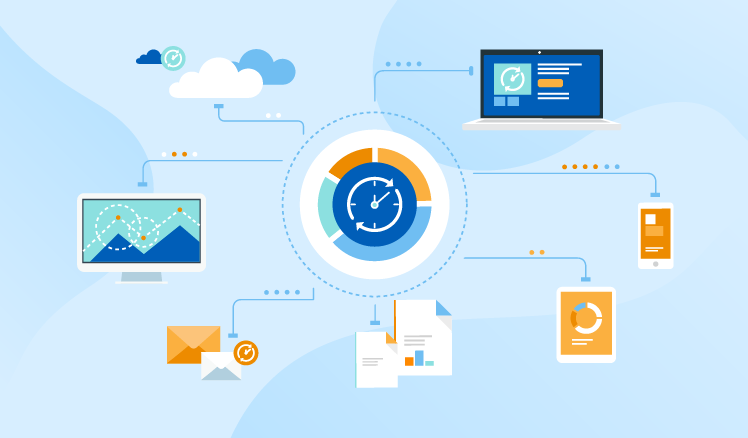At ScienceSoft, we consider operational BI as an evolutionary step of traditional BI. Traditionally, business intelligence was available to professional data analysts and top managers only, allowed producing monthly and weekly reports and served as grounds for strategic and tactical decisions.
However, gradually organizations realized the benefit of involving more employees in data-driven decision-making and having BI to support operational decisions. Thus, the era of operational business intelligence began several years ago. Let’s check whether the concept is still on the radars of companies looking for BI implementation.

Advantages that operational BI brings
We often see two main advantages that operational BI brings:
Providing real-time insights
Operational BI enables business users to quickly spot an emerged opportunity or a problem and react accordingly. This can be achieved with operational reports and dashboards (where the information is updated within a set time interval – say, every 10 minutes or every hour), as well as triggered alerts or messages. For example, line supervisors can get hourly production reports that will help them to reach their daily production targets.
Fostering a data-driven corporate culture
Operational BI is also unofficially called ‘BI for the masses’, as it enables the majority of business users – from the senior managers to frontline workers, such as call center agents and sales representatives, to get access to up-to-date data they need in their work. When employees are trained to turn to a robust BI tool for insights, they get used to being guided by data in their decisions and activities.
Challenges of implementing operational BI
And here are the typical challenges that we solve while implementing operational BI projects:
Ambiguous ‘real-time’
The term ‘real-time’ covers a wide time range – from milliseconds to hours, so a company’s departments should be as explicit as possible about their expectations of real time. Otherwise, the odds are high that an implemented BI solution won’t satisfy the needs of all the business users.
Special requirements at the design and implementation stages
Due to the real-time nature of operational BI, a BI implementation team should draw special attention to data cleaning and validation rules, as they need to find a trade-off between data quality and the speed of data processing. Besides, they should come up with the architecture and configuration that would enable the solution’s fast performance.
The state of operational BI
We perused data analytics and business intelligence trends and found the following:
- G2’s Learning Hub predicts the rise of real-time analytics.
- 2,600+ respondents of BARC’s survey stated BI with real-time data among 20 most important BI trends.
Despite neither of the trends mention operational BI explicitly, they both relate to it as real-time insights are one of the main advantages of operational BI.
These predictions are perfectly in line with what we see in our BI consulting and implementation practice. Our latest engagements show that operational BI is already on the radars of enterprises with 1,000 – 10,000 employees, which often need to promptly analyze big data in addition to traditional data. Thus, traditional and operational BI naturally go hand in hand, as, besides instant insights and alerts, companies need some thorough analytics based on historical data, for example, to diagnose root causes of identified problems.
To sum it up
Businesses find operational BI very important, mainly due to its ability to deliver real-time insights. At the same time, we see the convergence of traditional and operational BI, as well as the growing importance of collecting and processing big data.

